 "No, I don't thank you for the fish at all" (notindetroit)
"No, I don't thank you for the fish at all" (notindetroit)
07/17/2014 at 09:35 • Filed to: planelopnik, airbus, airlines, airliners, boeing
 5
5
 8
8
 "No, I don't thank you for the fish at all" (notindetroit)
"No, I don't thank you for the fish at all" (notindetroit)
07/17/2014 at 09:35 • Filed to: planelopnik, airbus, airlines, airliners, boeing |  5 5
|  8 8 |
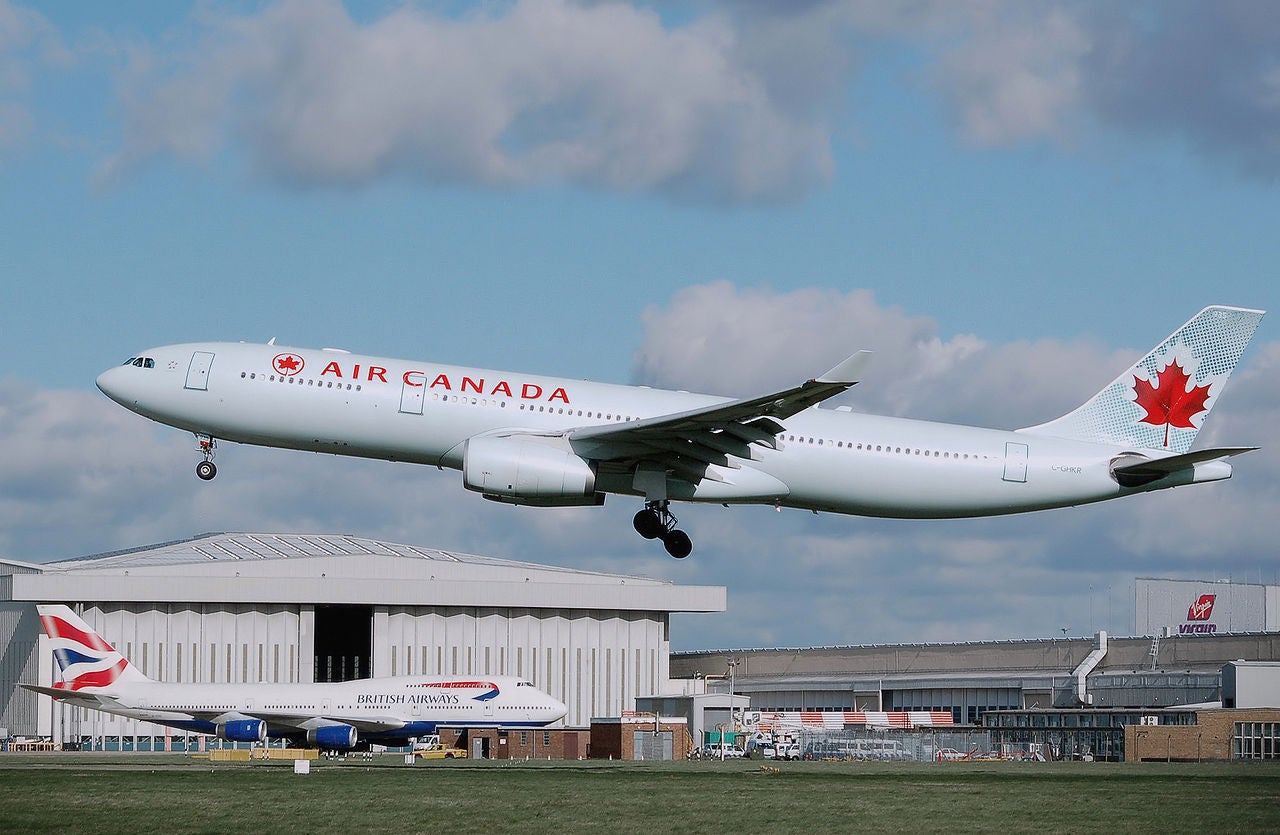
Rooting for the home team is always good, right? Boeing completely dominating Airbus all over the place is something that should make us all happy, right? No. Not really, not at all.
It's been a somewhat uneven week for Airbus. One of their most important customers !!!error: Indecipherable SUB-paragraph formatting!!! , and if that wasn't bad enough said airline's CEO went so far as to publicly bash them. On the other hand, !!!error: Indecipherable SUB-paragraph formatting!!! , literally the world's biggest airshow and where many airlines and militaries directly place their orders (not unlike going down to an auto show and placing large fleet orders directly with the manufacturer). As FAS 2014 is just kicking off, it's too early to tell, and the air show isn't exactly a race to see who can "win" the most raw orders - though it certainly doesn't hurt to have bragging rights. Regardless of whoever wins the orders race, airlines and we the traveling consumer also win.
!!! UNKNOWN CONTENT TYPE !!!
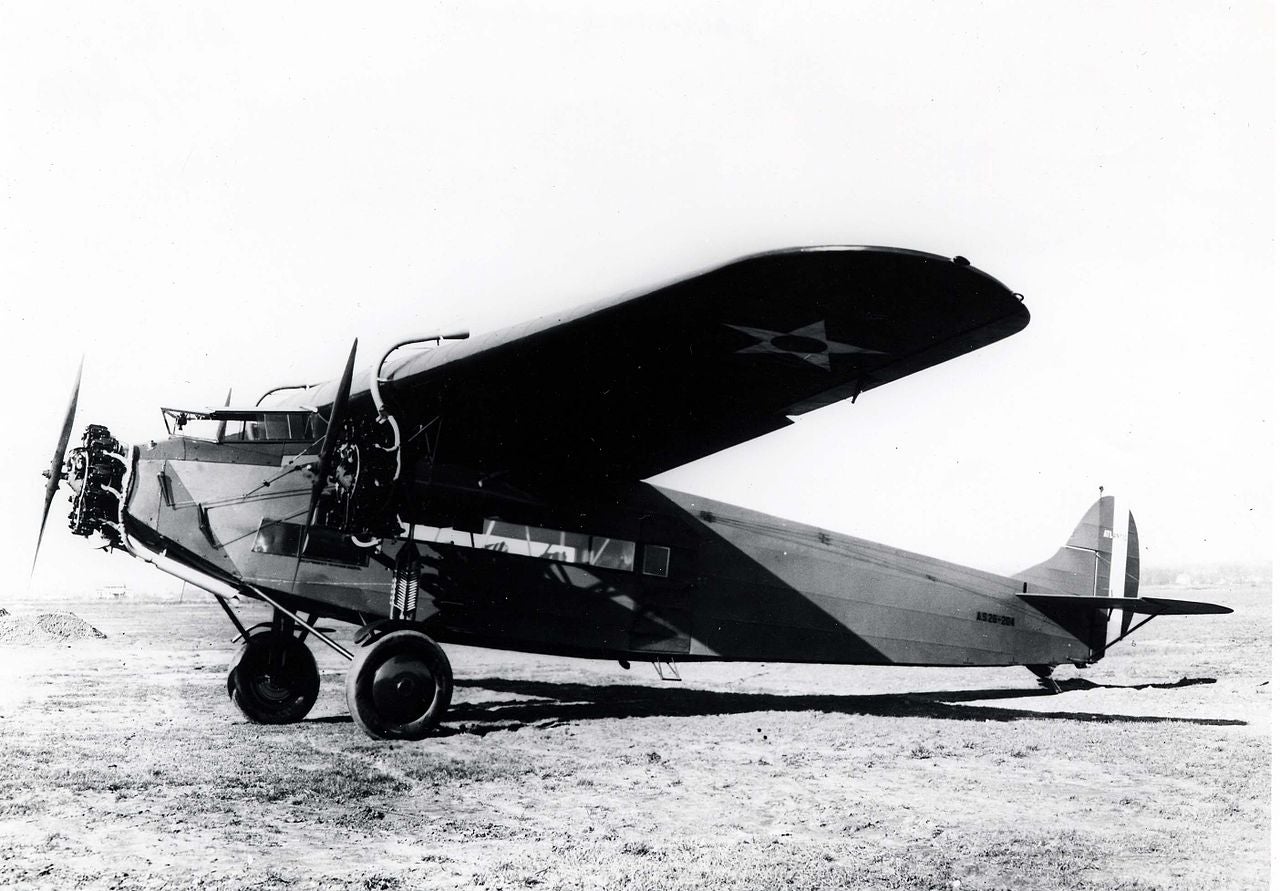
At the beginning of the air travel age, a smattering of disparate manufacturers arose to supply airlines with airplanes. Many of these manufacturers mainly dabbled in military aircraft. The above trimotor was designed by Anthony Fokker, who immigrated from the Netherlands to Germany to build the Kaiser's air force, and when the Kaiser got his butt kicked and his air force banned from existence, he immigrated back to the Netherlands to build their air force and a lengthy and internationally popular line of three-engine passenger and cargo transports while he was at it (you'll notice the above plane belongs to the US Army Air Corps). The Curtiss Aircraft Company, founded by one of America's great early aeronautical engineering pioneers (and would go on to build the first fighter planes to go up against Imperial Japan in the years leading up to WWII), swapped the fuselage of one of their bomber designs for a passenger cabin.
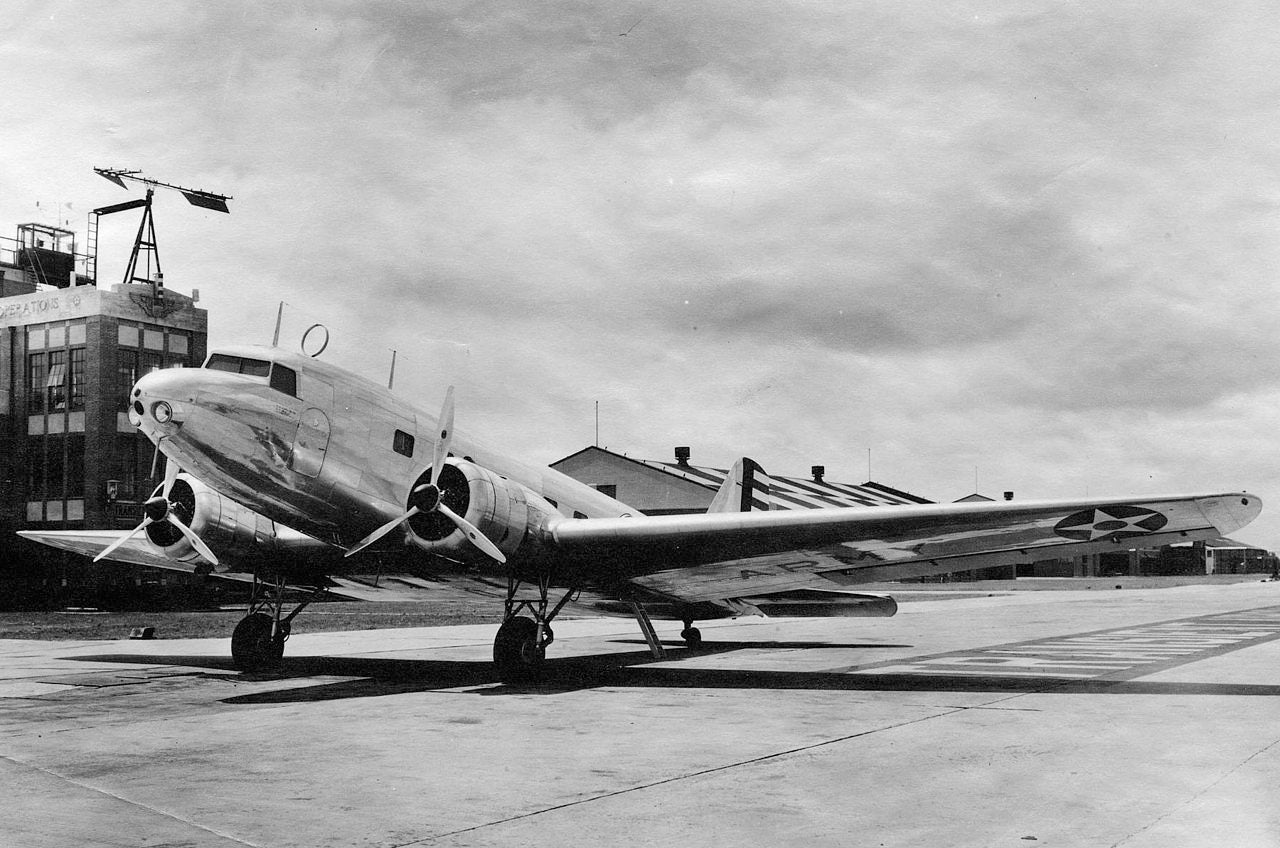
Prior to and after WWII the Douglas Aircraft Corporation started to take a real foothold in the airliner manufacturing industry with then-ultra modern all-metal designs like the DC-2, which really kickstarted the idea of the modern airliner. With Douglas producing tens of thousands of the improved version, the DC-3, for the military, thousands and thousands of cheap yet modern and fast airliners were available to whoever needed or wanted them at war's end - with the vast majority having Douglas data plates riveted onto the inside of their flight decks.
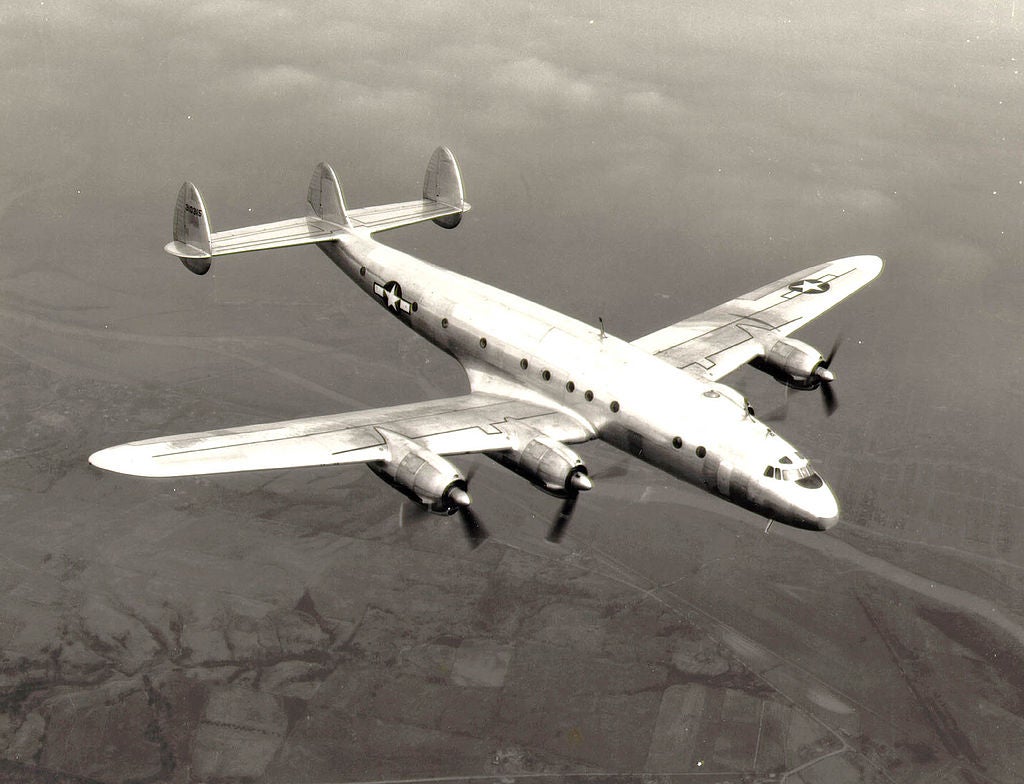
In comparison, the competition was paltry; think AMC in its dying days vs. The Big Three, or even the emerging imports. Fokker was removed from the American airliner market long before WWII thanks to the !!!error: Indecipherable SUB-paragraph formatting!!! which killed the beloved coach of Notre Dame and as far as the public was concerned virtually banned Fokker airliners from the market (they would re-enter the market and build and sell many successful "regional"-type airliners in the postwar years until recently, but never competed for airliner dominance again). Curtiss' antiquated biplanes slowly grew into hilarious anachronisms compared to the modern Douglas fleet. Stinson, which made modern tri-motors, was now seen as hopelessly outdated and old-fashioned. British aircraft firms were !!!error: Indecipherable SUB-paragraph formatting!!! with !!!error: Indecipherable SUB-paragraph formatting!!! but for the most part !!!error: Indecipherable SUB-paragraph formatting!!! of their !!!error: Indecipherable SUB-paragraph formatting!!! and even !!!error: Indecipherable SUB-paragraph formatting!!! offerings made the Curtiss biplanes look futuristic, and they had an extremely poor sales network outside of the home Empire's market anyway (virtually by design no less). The most serious competition came from Lockheed, who offered extremely advanced and fast long-range aircraft in some ways ahead of the Douglas competition (making them !!!error: Indecipherable SUB-paragraph formatting!!! ) but were simply too small for most serious and large airlines. That changed after WWII when a technological innovation - pressured cabins - made Lockheed believe they had a serious edge on Douglas. The Lockheed Constellation, their first large airliner, was launched with much fanfare, hailed as the future of air travel and to this day brands that era of aviation with an iconic and nostalgic image.
!!! UNKNOWN CONTENT TYPE !!!
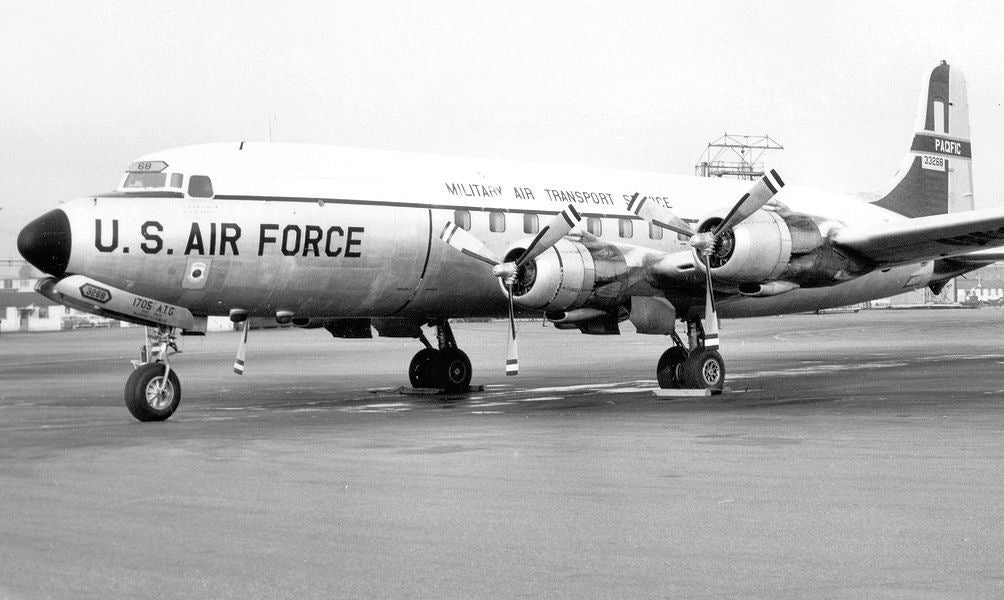
Not that Douglas was going to rest on their laurels. The C-54, a large transport that's in essence a DC-3 stretched and with two more engines tacked on (and with the important addition of a nosewheel for a level loading floor) started production in the middle of the war, and a good number of surplus frames became available on the civilian market too, giving affordable access to some pretty large and heavy metal (imagine being the first on the block to not only get a 747, but at discount rates too!) Douglas normalized the C-54 for civilian production as the DC-4 and later stretched it further and pressurized it into the DC-6 and the even larger and faster DC-7. They might not have looked as fancy or pretty as the Lockheed birds, but they were good enough to allow Douglas to continue rolling on with sale after sale after sale. It's said that the CEO of Northwest Airlines at the time had a personal line to Douglas Aircraft Corporation so they can order up whatever they needed immediately, on-the-fly.
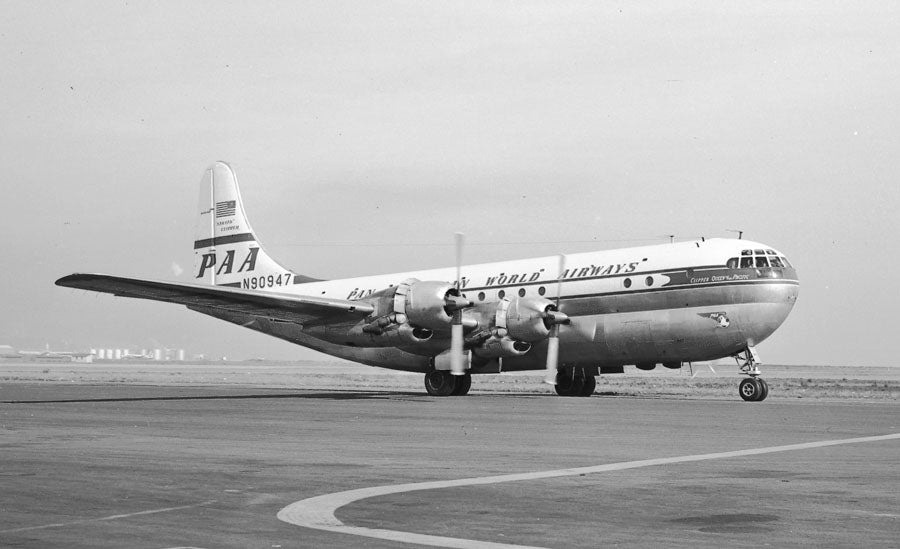
Image credit Bill Larkins via Wikipedia, used under Creative Commons license
So where was Boeing in all this? For the most part they were busy with WWII and Cold War military contracts, building B-17s and then B-29s and finally B-52s. They had dabbled in airliners before the war, namely with the !!!error: Indecipherable SUB-paragraph formatting!!! which was about as ultra-modern as it got for the time, so much so that it set the pattern for nearly all future aircraft in the same way we can trace nearly every daily driver today to the "aero-look" '86 Taurus. Its dominance was very short-lived as Lockheed and especially Douglas products easily outpaced it, and Boeing turned to the military for its profit margins. They tried again with the !!!error: Indecipherable SUB-paragraph formatting!!! , which went beyond being merely a passenger version of the B-50 Superfortress (itself a near-complete redesign of the B-29 with just the basic fuselage sticking around) and added a double-decker cabin. It truly was the A380 of its day - it had its own spiral staircase and was often equipped with lounges and other amenities unthinkable in today's penny-pinching climate. It also brought with it all the beastly complexity you're probably expecting, and once again had trouble keeping up with its Lockheed and especially Douglas competition in sales figures. Total 337 civilian construction numbered at 55. 55 . They built more Aston Martin One-77s than that! There are probably more unsold Veyrons lying around than total civilian 337s built! The 337 ended up being a greater success, once again, as a military transport and especially as a flying pit-stop for early jet fighters.
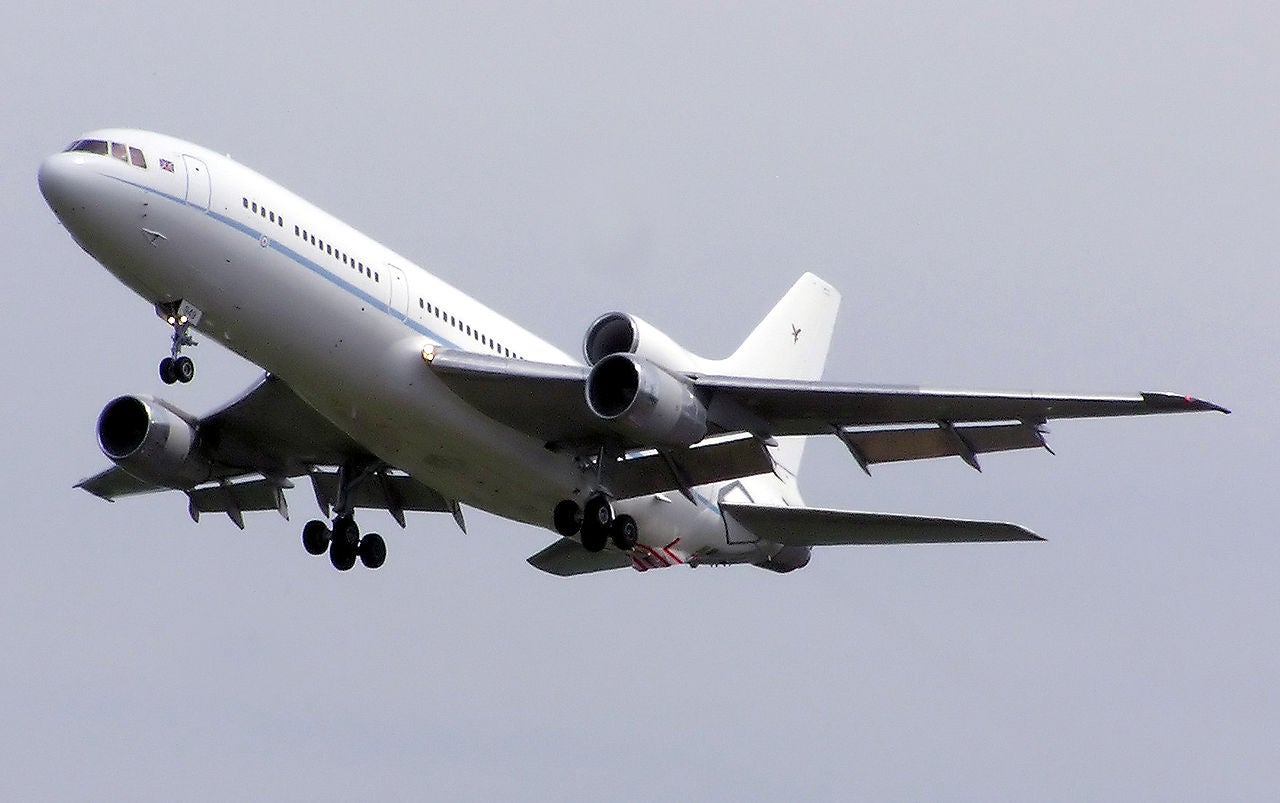
Then Boeing leveraged all their jet bomber know-how into the 707 and the rest was history. They blitzed the jet market so fast nobody really wanted anything else. Douglas responded with the DC-8 which ended up being a sales success, but not nearly like the 707. The Douglas die-hards like Northwest and United loved their DC-8s, but other operators (especially foreign operators) whose brand loyalty only went as far as their credit lines bought Boeing because they were first. The Boeing blitz hit Lockheed so fast they skipped a whole technological generation before cooking up a response, the L-1011 trijet widebody. By then Douglas also had their widebody trijet, the DC-10, and the two only ended up cannibalizing sales to the point where they mutually knocked both companies out of the airliner business permanently. Lockheed now does what Boeing did during the war years, doing government construction contracts for warplanes and space equipment exclusively and farming out their own engineering talent to other manufacturers. Douglas flat out doesn't exist period anymore - having merged with also-ran McDonnell shortly after the launch of the DC-10, they built what was for the longest time the only serious competition to Boeing's narrow-body airliners, the DC-9/MD-8x and MD-9x series, but tanked in the 90s and had all their assets bought by Boeing. The only trace left of Douglas/McDonnell Douglas is what Boeing inherited on the military side, namely the C-17 Globemaster III transport (which is winding down from production), the F-15 Eagle series of fighters and the F/A-18E/F Super Hornet series of fighters (and those will eventually get replaced by F-22 and F-35s, both Lockheed products).
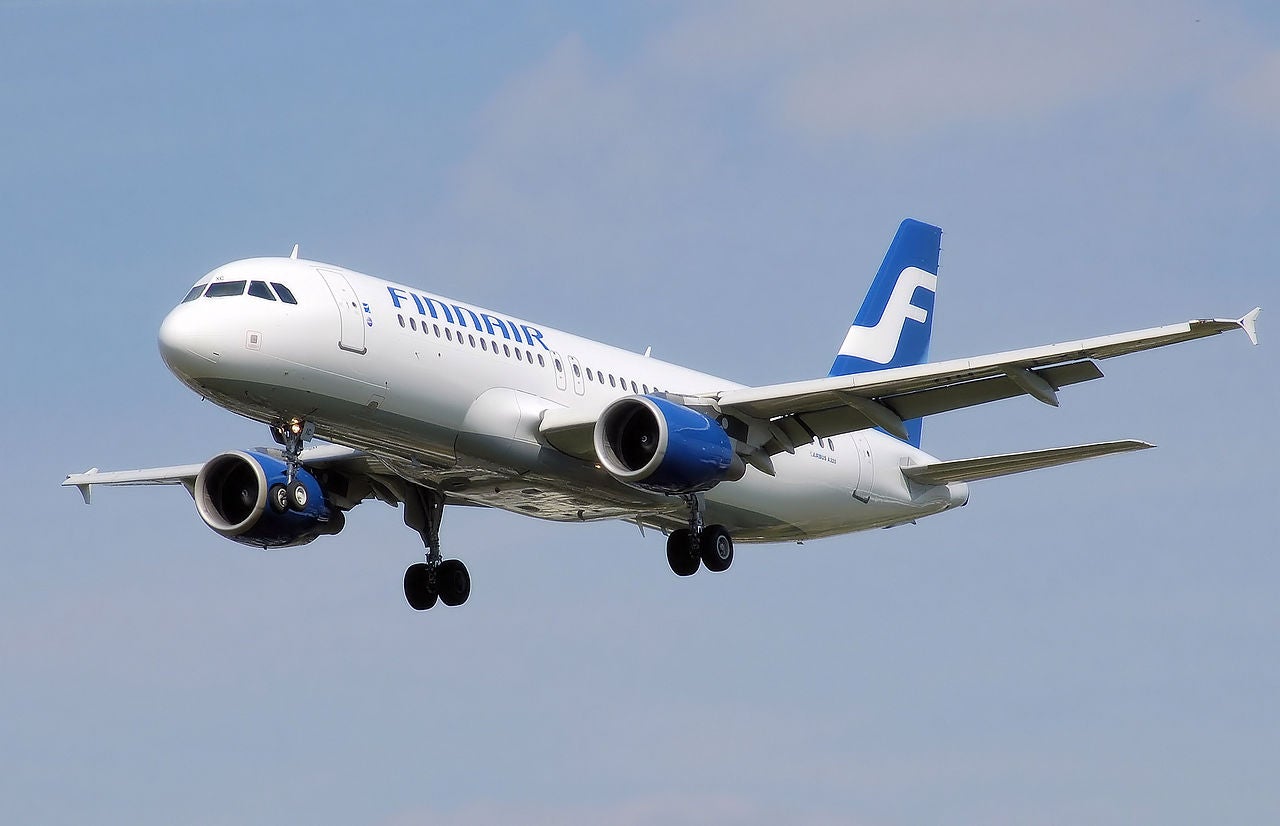
Enter Airbus, which is now the sole source of serious competition against Boeing's global dominance anywhere outside of Russia or China. Canadian company Bombardier (who manufactures not only "regional" jet airliners and bizjets but a great deal of the trains, ATVs, jetskis/PWCs and motorcycles you likely ride), Brazilian company Embraer (who also manufactures "regional" airliners and bizjets and also a good deal of the Brazilian Air Force as well as !!!error: Indecipherable SUB-paragraph formatting!!! ) and a number of Japanese companies, namely !!!error: Indecipherable SUB-paragraph formatting!!! , all promise to one day offer serious competition to the otherwise indomitable Boeing 737 - one day . The !!!error: Indecipherable SUB-paragraph formatting!!! [ sic - yes, I don't know what was going through the head of the marketing "genius" who thought that looked cool, either], which isn't too far off from being a super-mini Boeing 787 Dreamliner down to its carbon composite construction, and the !!!error: Indecipherable SUB-paragraph formatting!!! (no, they're not hybrid or even composite construction aircraft nor do they have any special connection to the Internet, just yet another thing to chalk up to marketing "geniuses") which are already widely sold actually come pretty close, but are still far away from matching all but the absolute smallest of the 737 and A320 family, which have been superseded and discontinued by their more profit-friendly stretched family members anyway. Mitsubishi has a bunch of desk models and likes to tell people, real airplanes are dirty and smell bad. Wouldn't you much rather have this nice and clean fantasy plane instead? Russian firm Sukhoi builds something called the SuperJet, !!!error: Indecipherable SUB-paragraph formatting!!! . The Chinese build !!!error: Indecipherable SUB-paragraph formatting!!! that are sure going to sell reeeel well in the Western world, yessiree! Needless to say, Airbus is going to be Boeing's sole competition for the foreseeable future, a future that's going to last for decades barring drastic intervention straight out of left field.
!!! UNKNOWN CONTENT TYPE !!!
So what's the matter if Boeing ends up being nearly the world's sole source of mass air transportation? For one thing, we're afraid of monopolies for a reason - they can exert real power and pressure on the consumer that's very uncomfortable to live with. Do you think the faulty ignition switch scandal would be as big as it is now if GM supplied American consumers with 100% of their personal motorized transportation needs? The media presence and embarrassment would still be there, but as far as actual solutions would go we'd probably be told to suck it up and be grateful our GM Overlords allowed us to even live and drive this long . In fact, Boeing's dominance in the American airliner market, with or without Airbus, is so great they feel that they get to dictate what the consumer's product will feature instead of, you know, the actual consumer. To the point where !!!error: Indecipherable SUB-paragraph formatting!!! - but are stuck with Boeing regardless because said customer's infrastructure is so finely honed on Boeing it's impractical to suddenly jump ship.
!!! UNKNOWN CONTENT TYPE !!!
Much of what spurs "small-scale" innovations like !!!error: Indecipherable SUB-paragraph formatting!!! are at least in part a response to the Airbus competition, such as the fact that Airbus tends to have a reputation in the industry for better space utilization in the A320. Because the 737 is still married to the original fuselage design of the 707, it's cargo hold is too narrow to carry some of the more common cargo pallets the decades-newer and completely clean-sheet A320 was specifically designed to accommodate. Having a choice of an airliner that can actually hold revenue-making cargo beyond what passengers carry is good for airlines. Manufacturers feeling pressure to update their products against each other is good for airlines. In the good ole' U. S. of A. we feel that competition in the free market brings out the best in everyone involved. As far as airliner manufacturing goes, that no longer exists domestically - but the foreign competition is still (hopefully) good enough that it keeps the Last American Standing on its toes.
!!! UNKNOWN CONTENT TYPE !!!
That's why I hope whatever problems ail the Qatar-bound A380s get smoothed out. That's why I hope Airbus can make greater in-roads in the North American Market beyond their already established and brand-loyal user base. If that happens, jobs in Seattle and Wichita won't be threatened too much - Boeing's market base is pretty darn huge too, and there are orders coming in from everywhere. If anything it will at least keep their engineering talent busy for even better solutions to up the ante. We American capitalists have a saying attributed to the most American capitalist president of them all, Calvin Coolidge - what's good for business is good for America . Ignore for a minute that pretty much everything that lead up to the '29 stock market crash may have happened on his watch, that's besides the point - the point is that business competition is healthier than complete corporate oligarchies and monopolies, and although the race between Boeing and Airbus may be far from a completely free market, it's still enough to spur on true innovation (or at least as close as we're ever going to get in the current climate), and at the end ensure it's still the consumer that wins.
Update: Edited to correct gross oversight, h/t to duurtlang!
 heliochrome85
> No, I don't thank you for the fish at all
heliochrome85
> No, I don't thank you for the fish at all
07/17/2014 at 09:41 |
|
I came to yell, but found myself in agreement. CARRY ON SIR.
 duurtlang
> No, I don't thank you for the fish at all
duurtlang
> No, I don't thank you for the fish at all
07/17/2014 at 09:59 |
|
Fokker was removed from the American airliner market long before WWII
Why is that? They kept building competent airliners for a long time after WW2. Until 1997 or so.
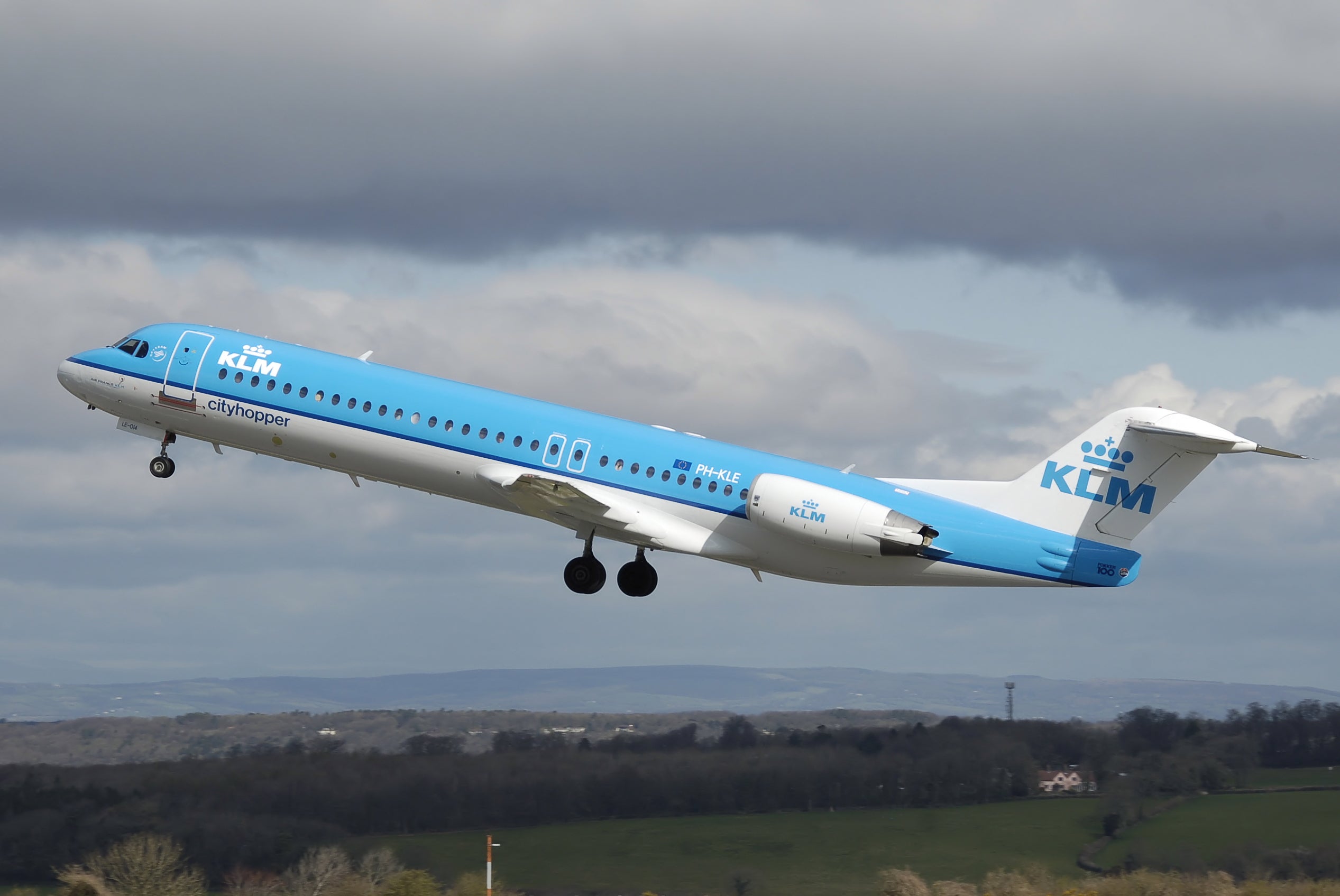
 ttyymmnn
> No, I don't thank you for the fish at all
ttyymmnn
> No, I don't thank you for the fish at all
07/17/2014 at 10:01 |
|
Good piece. Your comments on the changing fortunes of the manufacturers reminded me of this photo I took at an air show at NAS Kingsville a few years ago.
 ttyymmnn
> duurtlang
ttyymmnn
> duurtlang
07/17/2014 at 10:04 |
|
I would imagine that if your company was seen as responsible for the death of Knute Rockne, Knute Rockne , you would become unpopular in the US pretty fast.
 duurtlang
> ttyymmnn
duurtlang
> ttyymmnn
07/17/2014 at 10:09 |
|
Right, Knute. How could I ever forget about Knute?
 Cé hé sin
> No, I don't thank you for the fish at all
Cé hé sin
> No, I don't thank you for the fish at all
07/17/2014 at 10:21 |
|
"Boeing completely dominating Airbus all over the place is something that should make us all happy, right?"
They do?? Last time I heard Boeing and Airbus had something of a duopoly of the large airliner market.
 djmt1
> Cé hé sin
djmt1
> Cé hé sin
07/17/2014 at 10:27 |
|
Boeing is the market leader but Airbus isn't far behind. Between them they control around 90% of the market.
 Jcarr
> No, I don't thank you for the fish at all
Jcarr
> No, I don't thank you for the fish at all
07/17/2014 at 19:44 |
|
Always enjoy your pieces. Fascinating read.